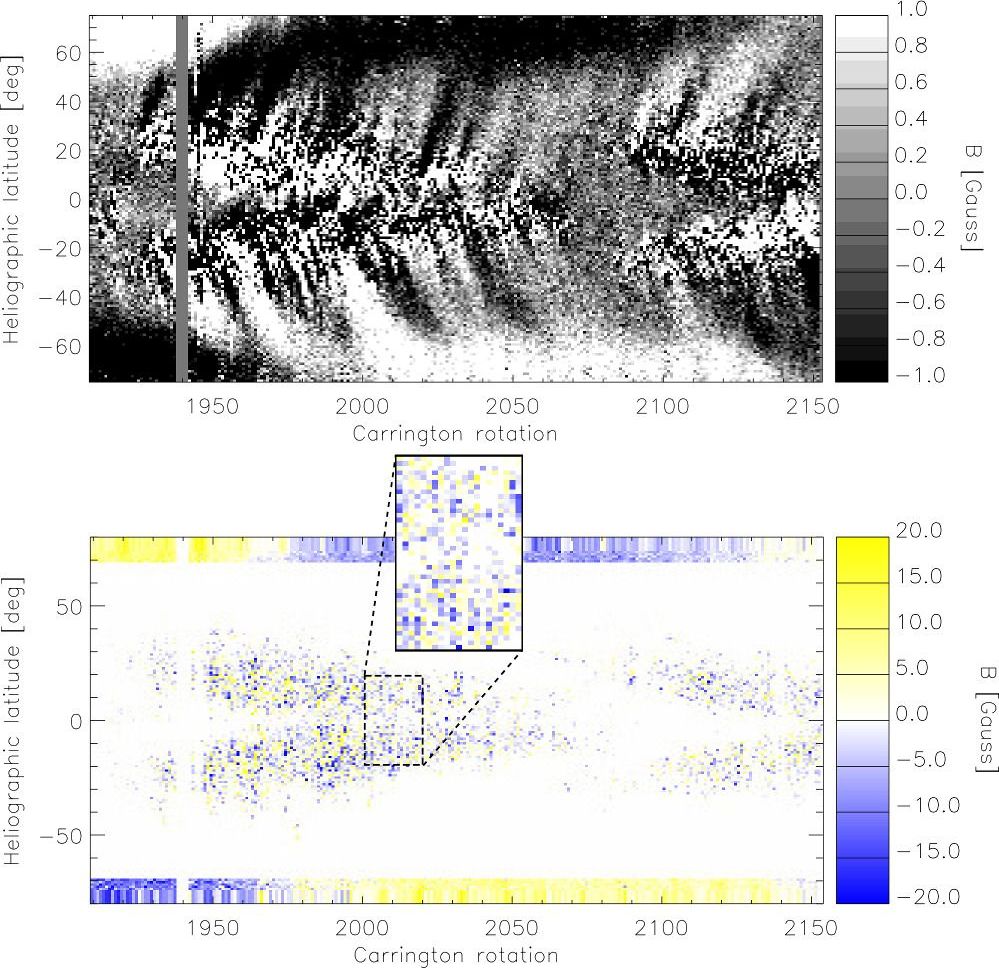
M. Švanda1,2, A. S. Brun3, Th. Roudier4, & L. Jouve4,3 1 Astronomical Institute, Academy of Sciences of the Czech Republic, Ondřejov, Czech Republic 2 Astronomical Institute, Charles University in Prague, Czech Republic 3 CEA Saclay, France 4 IRAP, Université de Toulouse, France.
The properties and origin of the solar cycle are still not well understood. They are nevertheless well described by a class of dynamo models that utilize the redistribution of magnetic flux due to systematic plasma flows, such as convection, differential rotation, supergranular diffusion, and meridional flows. These so called Babcock-Leighton-type (BL) dynamos1,2 have been successful in reproducing the features of solar cycle, including the reversal of the global magnetic field occurring every 11 years, and the propagation of solar activity toward the equator as the cycle progresses. BL dynamos rest entirely on the presence of tilted bipolar magnetic fields, where sunspots usually appear. Grand minima (such as Maunder minimum 1645–1715) are an issue for this class of models, since the needed source terms vanish. There is evidence, however, that solar cycles were present even during these periods3 when almost no spots were seen.
Observers in the Maunder minimum era mostly used smaller refractors, with an estimated angular resolution of 2” at best. Taking into account the seeing, we estimated the resolving power to be around 5”. Therefore they were probably unable to see the tiny spots, i.e., pores. Moreover, there is evidence of a recent secular decrease of solar activity4 when small sunspots become more frequent whereas large spots become rarer5.


















